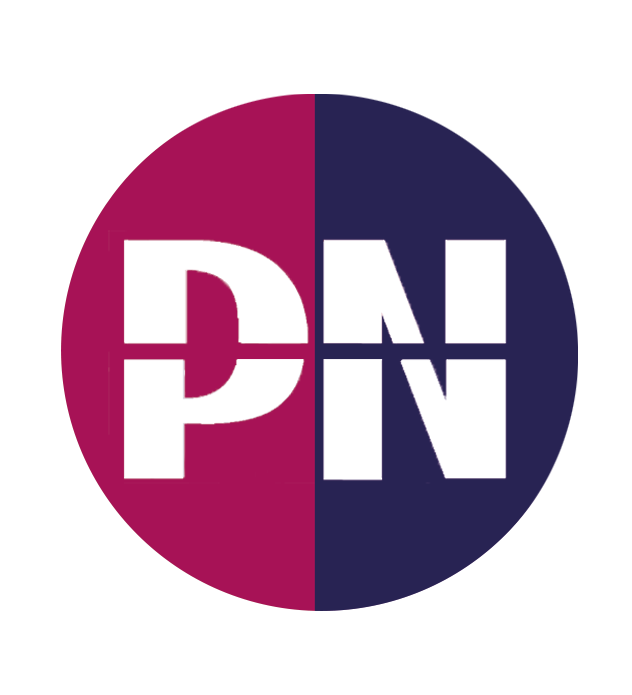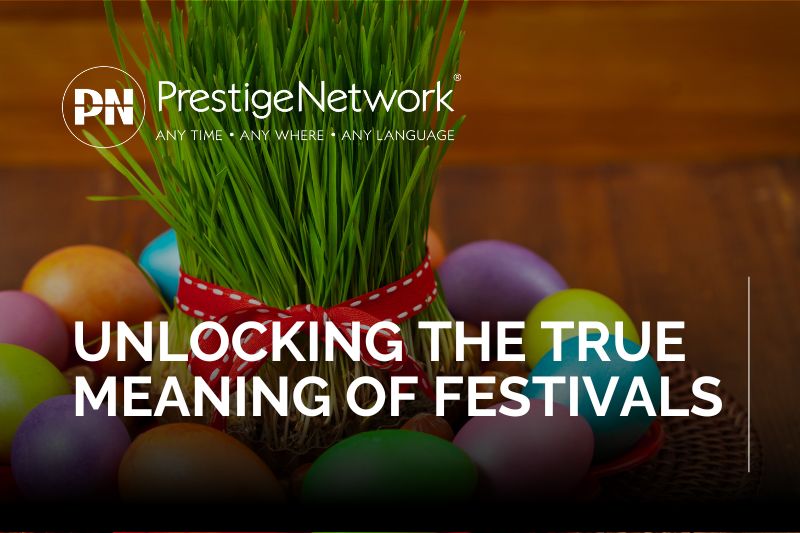Let’s put it into perspective.
In 2021 I posted a blog explaining the difference between Statistical and Neural machine translation.
Since then, machine translation has transformed with the advent of GPT (Generative Pre-trained Transformer) and LLM (Large Language Models). Although they differ in the way that they process data, in essence they both call on very large, accessible data sets to create a translation.
GPT & LLM now power the AI translation tools that you’ll find embedded into many everyday applications.
Although Prestige Network is a long-time user of Machine Translation, AI has taken this technology to a new level. Best-of-breed MT engines are integrated into our own translation management system, enabling faster processing of large projects, where MT can deliver the best solution.
As a result, we can now give clients access to enhanced Machine Translation direct from each user’s desktop.
Upsides and downsides
Upsides
AI powered solutions call on vast amounts of data, gathered from many sources – websites, books, news articles, technical documents, business reports and many other sources – globally. The larger the language model, the more data is available to generate an acceptable translation.
The advantage being that languages subtleties and patterns can be captured and repurposed to create a natural sounding translation.
When combined with other quality enhancing tools, such as Translation Memory and subject specific glossaries plus QA by a suitably qualified linguist, the result can be the solution to many of todays high-volume, fast-delivery needs.
Downsides
Currently, the main challenges appear to be breaches of data privacy, use of old or biased data and ethics. It’s also a possibility that AI generated content may be detrimental to SEO performance.
There have been numerous articles written about the negative impact of ChatGPT on SEO performance, but in the context of creating translated content that enhances SEO success, keyword choice can be poor and very often the translation suffers from not being suitably contextualised.
So, while there are positive reasons for using AI as an aid to productivity, delivering results faster and at lower cost, it’s worth keeping in mind that the results can usually be improved by your Language Service Provider.

This is how we are taming the monster
For larger enterprises
We can provide a single source of access to Machine Translation for every user in your organisation, anywhere in the world. 24/7. It’s consistent and fast. Additionally, there are exponential quality improvement to be enjoyed – basically the more content translated, the better the quality.
It’s secure and better still, it’s managed by translation professionals.
For individual projects
We apply a hybrid service that automatically combines machine translation with human quality control.
The service lends itself to eCommerce, general business documentation, Reports, Tenders, User Guides and Manuals – in fact any requirement where speed of translation and budget are important criteria.
Don’t be afraid – the Machine Translation Monster is easily tamed.

Generated with AI
Machine translation or human – which one should I use?
Both can form an important part of your communications strategy. If your organisation generates a high volume of non-critical information that would benefit from a fast, low-cost translation solution, then Machine Translation could be right for you.
Or, if protecting your brand, or ensuring high levels of legal or technical accuracy are important considerations, then a professional translation will deliver exactly what you need.
The easiest way to find out which is the best option for your business, or for a specific project, is to speak to one of our Account Managers.






